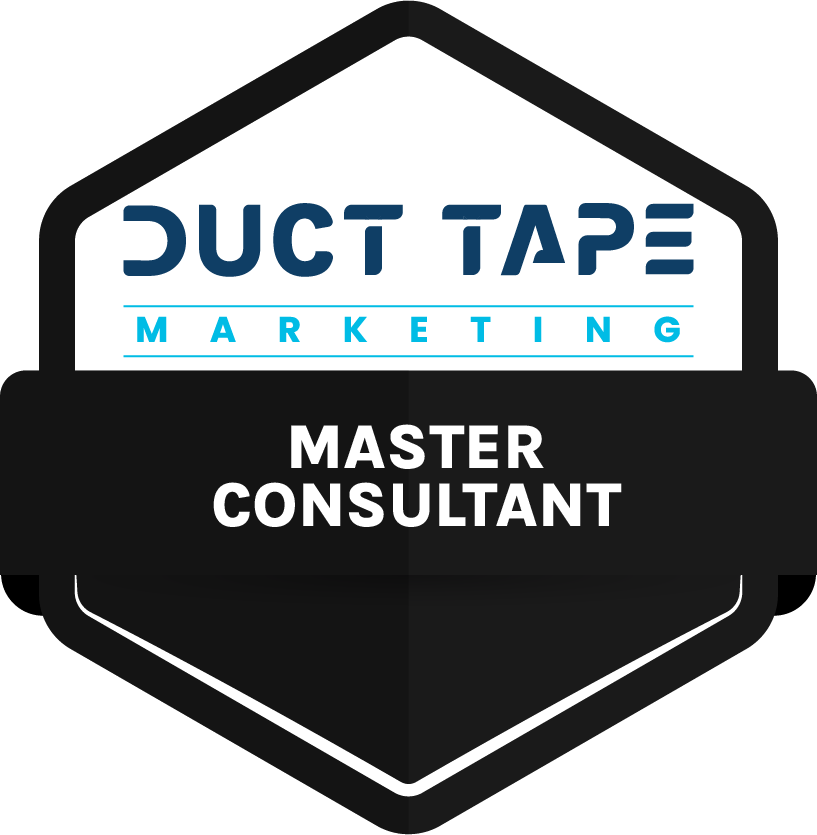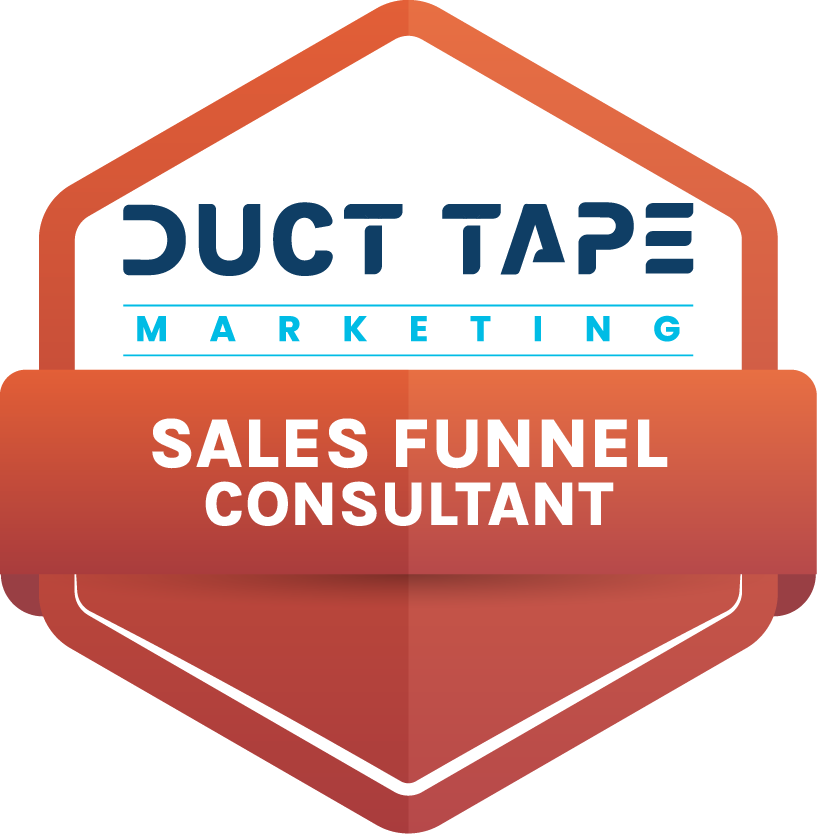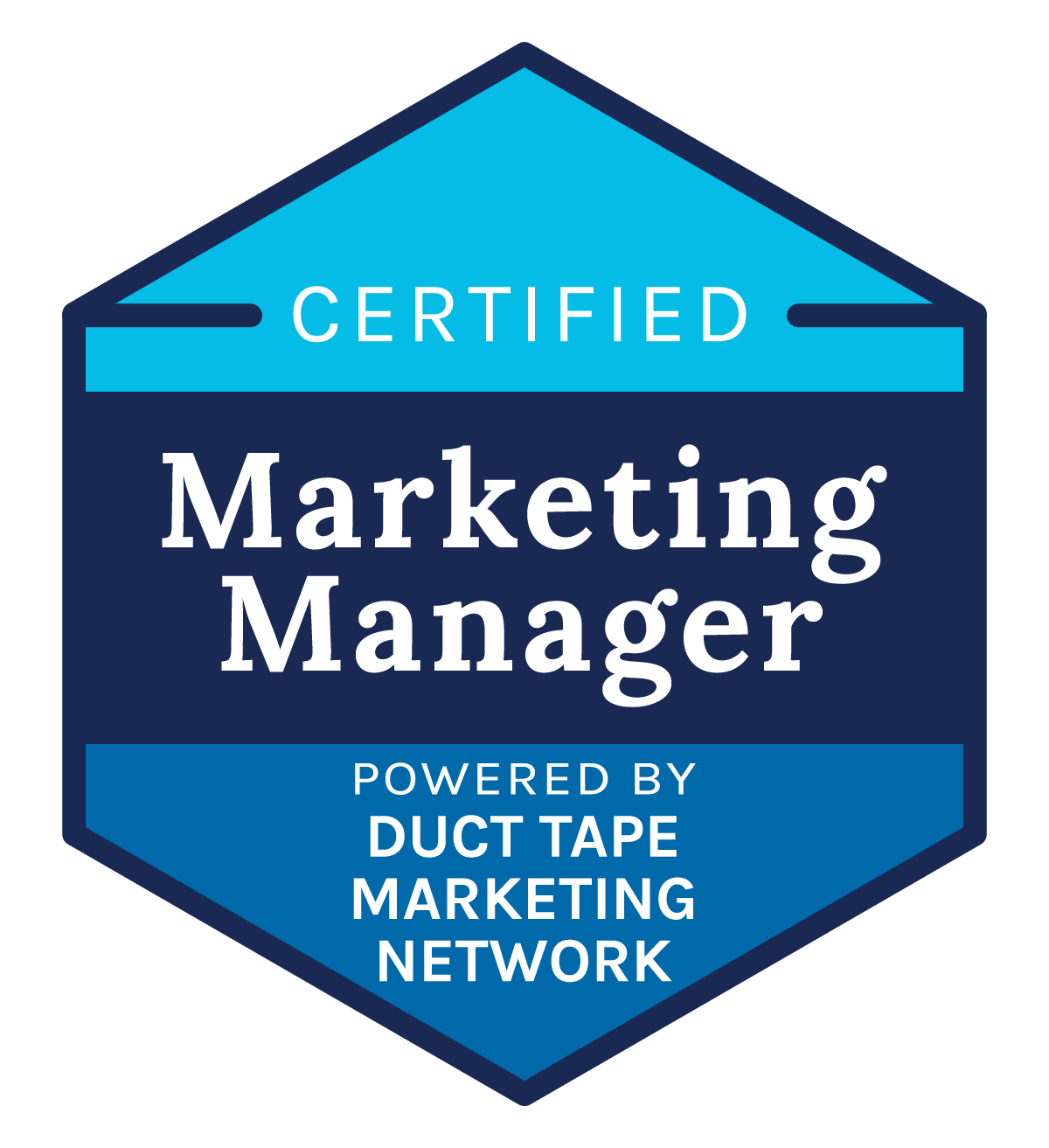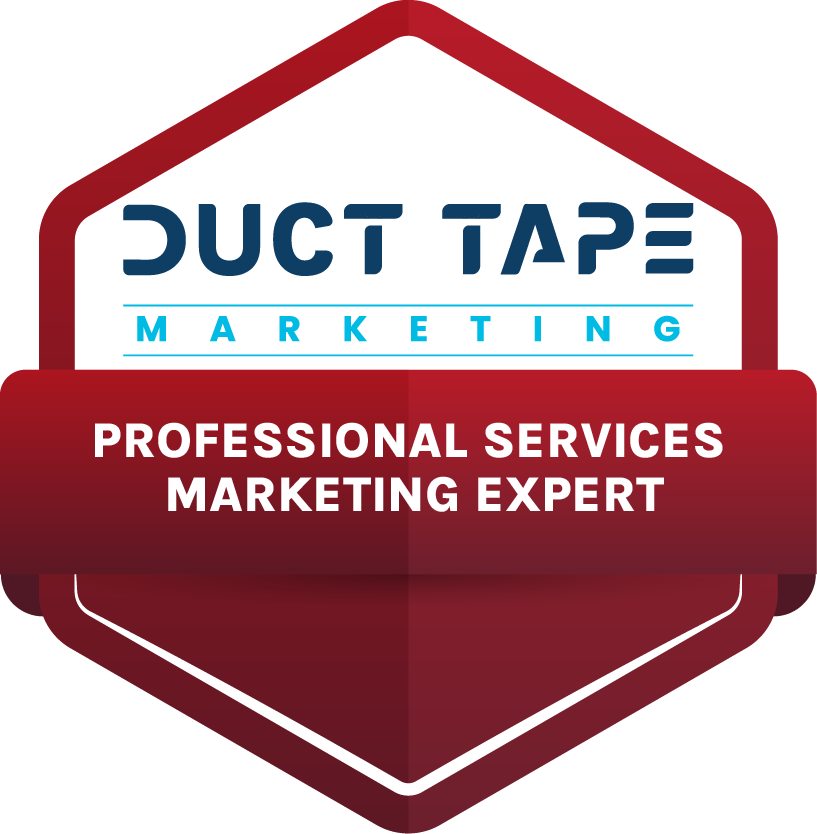
By Loraine Kasprzak, MBA
Content rules. Whether you’re tweeting, writing blog posts, or contributing to a LinkedIn group discussion, it is content that drives conversations and connects your professional services firm to its social network. But creating content that your audience will want to read can be challenging.
Imagine you’re reading this paragraph in a consulting firm’s blog:
An organization’s business architecture revolves around five broad areas viz. the customer segment, scope of products or services, geographic coverage, strategic differentiation and profit pools. During the course of an M&A, organizations tend to alter one or more parameters of their business architecture which will impact their IT strategy needed to enhance customer reach, add efficiencies, reduce cost, add competitive advantage or enable business processes that could bolster any of the aforementioned.
Difficult to read*, isn’t it? Too often, B2B firms create excruciating content just like this and push it out to their social media channels. Then they wonder why they get so little engagement in return.
How can you write simply and well, so that others will want to connect with your company? These 15 tips will help you create engaging content:
- Before you start writing, decide the three main messages you want to get across to your reader. Stick to discussing these points in your piece, even if you find other ideas competing for your attention. Pack too much into your writing and you risk losing the reader’s interest.
- Write for the reader, not yourself. Be respectful of your reader’s intelligence and time by getting to the point quickly. Be sure to relate your topic to the reader’s needs.
- Write as if you were having a conversation with the reader. Avoid using corporate and technical jargon. Plain English is always best.
- Avoid, as often as possible, overused business words and phrases that can make your writing appear dated.
- The title of your work is important. It should compel the reader to want to know more and should include the most important messages you want to get across. If you were writing about a new information technology solution, your title might be, “New Info Tech Solution Reduces Risk, Increases Return on Investment”.
- Hook your reader in the first paragraph. You can do this by asking a question or sketching a scenario in a few sentences.
- Most readers will skim and dive in to read only if something catches their eye. Use a mix of short and long sentences and lots of white space to make your writing more appealing.
- Use bullets, checklists, and subheads to guide your reader through your writing and keep them interested. You can also bold your main points so that they are more obvious as the reader skims.
- Avoid using the passive voice. For example, say, “Joe saw him.” rather than “He was seen by Joe.” The first is short and precise. The second is longer and therefore harder to read. Too much passive voice puts the reader to sleep.
- When you do use technical terms or acronyms, define them on first use, even if you think your reader may be familiar with them.
- Make your points as simply as possible without dumbing down your topic. Don’t make your reader work too hard to understand what it is you’re trying to say. When reading gets too complex, readers find better things to do with their time.
- Support your points with relevant examples, analogies, or short stories. This brings your content to life.
- Declutter your writing. When you’ve completed your first draft, go back and read it with an eye towards using shorter sentences and fewer words. For example, use “our books” in place of “the reference materials that belong to us.”
- Proof and edit your work before publishing it. It’s easy to overlook this step if you’re on deadline. But rereading your work lets you to spot things that need fixing – poor word choice, passive voice, typos, etc. These often aren’t obvious in the drafting stage.
- Close with a call to action. What is it that you want readers to do? Offer comments on your blog post? Contact your company sales executive for more information?
There are many resources that can help you write compelling content. I recommend my clients read On Writing Well by William Zinsser. Although not specifically written for social media, it is an excellent guide to the basics of good writing.
Continue the discussion. What experiences have you had creating social media content? What tips do you suggest for writing engaging content? Please share your thoughts in the Comments section.
Like what you’re reading? Subscribe and get The Marketing Advantage by email. Just click on the Subscribe Today! link in the right sidebar.
* If you like statistics, this passage has a Flesch-Kincaid reading level of 21.7 – well beyond college level – and a Flesch reading ease of 4 out of a possible 100 points.
Photo taken by Loraine Kasprzak at the Grounds for Sculpture, Hamilton, NJ.





